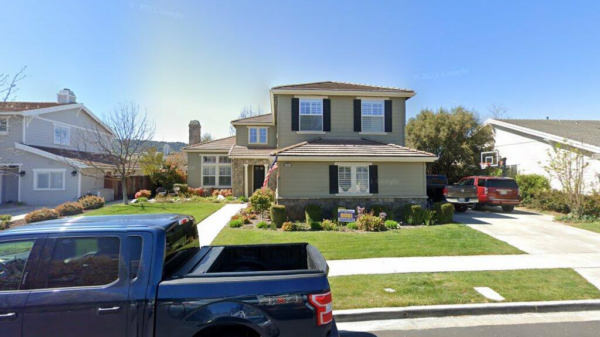The device as a service (DaaS) model is rapidly changing how organizations manage their IT needs by providing hardware and software on a subscription basis. This approach allows companies to outsource their device management, covering everything from procurement to disposal, thereby simplifying the overall IT landscape. As of 2022, the global DaaS market was valued at $83 billion, with projections from Grand View Research indicating a substantial increase to $757 billion by 2030.
Understanding Device as a Service
DaaS enables businesses to access a variety of devices, including PCs, smartphones, and tablets, without the heavy upfront costs typically associated with purchasing hardware. By subscribing to DaaS, organizations can refresh their devices at the end of a contract period, avoiding the financial burdens that often accompany traditional device upgrades. This model is a part of the broader trend known as “anything as a service,” which has gained traction since only one percent of PCs shipped were part of DaaS programs in 2014.
The core offering of DaaS encompasses several services, including device backups, asset tracking, security updates, and end-of-life disposal. Vendors typically provide a contract detailing the hardware, software, and services, which are billed on a per-device basis. While some manufacturers offer limited device choices, organizations generally commit to a contract lasting between two to five years.
The Three Pillars of DaaS
DaaS services are built on three main pillars:
1. **Device Fulfillment**: Providers supply the latest technology, preconfigured for immediate use, allowing businesses to bypass significant capital expenditures.
2. **Device Services**: Ongoing support, maintenance, and security updates ensure that devices remain functional and secure throughout their lifecycle.
3. **Device Recovery**: This aspect involves the secure collection and disposal of outdated devices, safeguarding sensitive business data in the process.
Pricing models for DaaS vary, offering flexibility to businesses based on their needs. Common approaches include subscription-based fees that can be paid monthly or annually, use-based costs that scale with actual device usage, and customizable options that allow organizations to tailor their services.
Benefits and Drawbacks of DaaS
For many startups and smaller organizations, DaaS presents numerous advantages. It allows for scalability of devices, transitioning costs from capital expenditures to operating expenses. Additionally, the burden on IT staff is reduced, as device configuration and management are handled by the vendor. Businesses can acquire devices without upfront costs and have the opportunity to upgrade to new models at the end of their contracts.
Despite these benefits, there are notable drawbacks. Organizations do not own the devices, which may lead to concerns over total cost of ownership. Privacy issues can arise due to vendor management of devices, and certain industries, particularly those with strict regulations, may find DaaS unsuitable. Furthermore, device selection may be limited to specific models offered by the vendor.
Leading examples of DaaS offerings include services from HP and Lenovo. HP’s Managed Device Services features options ranging from commercial notebooks to specialized devices, including offerings for Apple products. Similarly, Lenovo’s TruScale Device as a Service provides a diverse range of devices, including PCs and collaboration tools.
DaaS is increasingly adopted across various sectors, including large enterprises, startups, healthcare providers, retailers, educational institutions, financial services, and government agencies. It is essential to note that DaaS differs from desktop as a service (DaaS), which refers to a cloud computing model providing virtual desktops rather than physical devices.
In summary, the device as a service model is transforming how organizations approach IT management. With its rapid growth and potential for cost savings, it presents an innovative solution for businesses looking to streamline their operations while keeping up with technological advancements.





































































